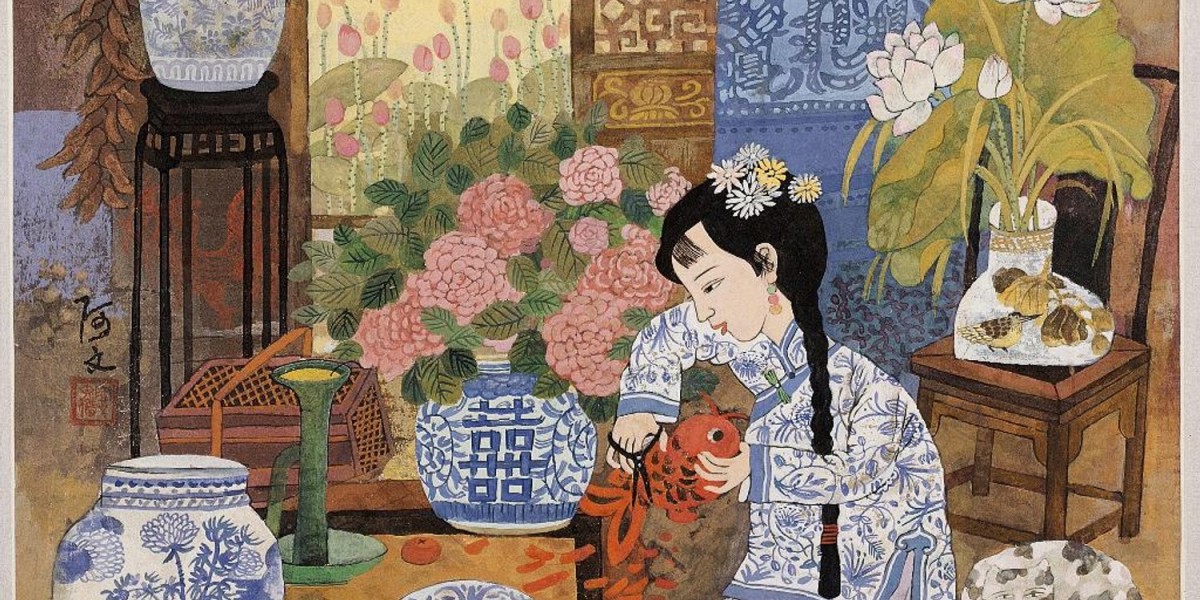Chinese calligraphy drawings are a unique and traditional art form that combine written Chinese characters with visual elements such as brush strokes, composition, and sometimes even imagery. Unlike Western calligraphy, which mainly focuses on the decorative aspects of letters, Chinese calligraphy treats each character as both a linguistic symbol and a visual piece of art. These drawings are not just about writing words—they are about expressing emotion, personality, balance, and beauty through the flow of ink.
At the core of Chinese calligraphy drawings are the Chinese characters, each made up of various strokes. These strokes must follow specific rules in terms of direction, sequence, and proportion. However, within these rules, the calligrapher has great freedom to express individuality. This is where the concept of drawing enters—each stroke can be bold, delicate, flowing, or sharp, creating a dynamic visual effect.
Calligraphy drawings are typically done using the “Four Treasures of the Study”: the brush (筆), ink (墨), paper (紙), and inkstone (硯). The brush is the most important tool because its flexibility allows the artist to vary the thickness, speed, and angle of each stroke. When skillfully controlled, it transforms writing into a graceful, flowing drawing.
In traditional Chinese art, calligraphy is often paired with ink wash painting. These paintings may feature natural elements such as bamboo, mountains, birds, or flowers, and a poem or phrase written in calligraphy is included on the same piece of paper. This combination creates a harmonious blend of image and text. In fact, in many classical Chinese paintings, the calligraphy is just as important as the painting itself. The characters enhance the overall emotion and meaning of the artwork.
One of the most admired aspects of Chinese calligraphy drawings is their ability to express the inner spirit or qi (氣) of the artist. The energy, mood, and personality of the calligrapher are revealed through the movement of the brush. For instance, a calm and focused artist may create steady and elegant strokes, while a passionate artist may produce more spontaneous and dramatic lines. This makes each piece unique and deeply personal.
There are various styles of calligraphy used in these drawings, including Regular Script (楷書), Running Script (行書), and Cursive Script (草書). Cursive Script is especially artistic, as it allows for flowing, abstract designs that resemble modern art. Even if the viewer cannot read the characters, they can appreciate the rhythm, balance, and emotion behind each stroke.
Today, Chinese calligraphy drawings continue to be appreciated both in China and around the world. They are displayed in homes, museums, galleries, and cultural centers. Many people study calligraphy not just as an art form, but as a meditative practice that fosters patience, discipline, and inner peace.
In conclusion, Chinese calligraphy drawings are a sophisticated blend of language and visual art. They carry centuries of tradition, technique, and expression, capturing the beauty of Chinese characters and the soul of the artist in every brushstroke.









